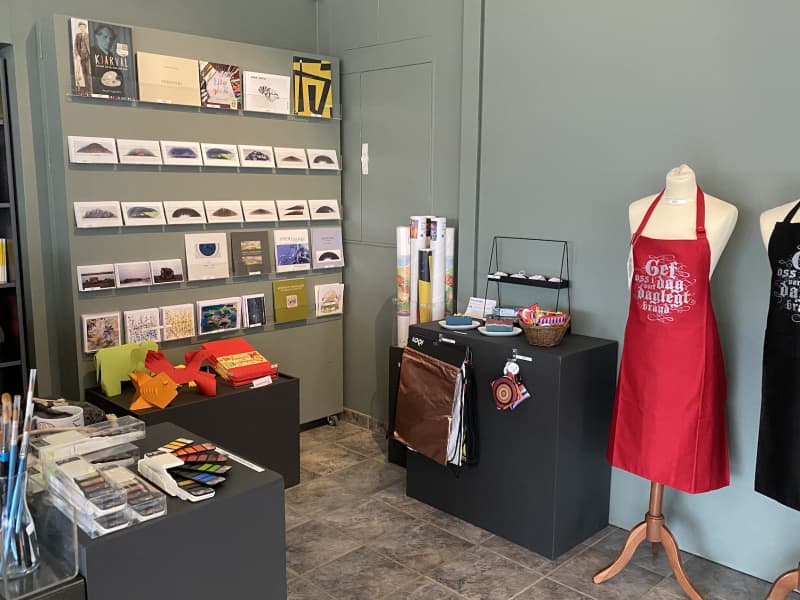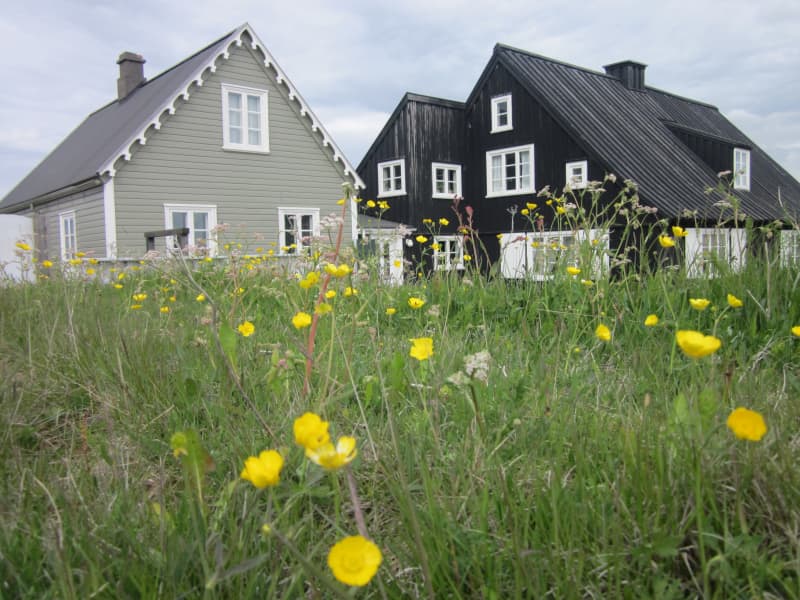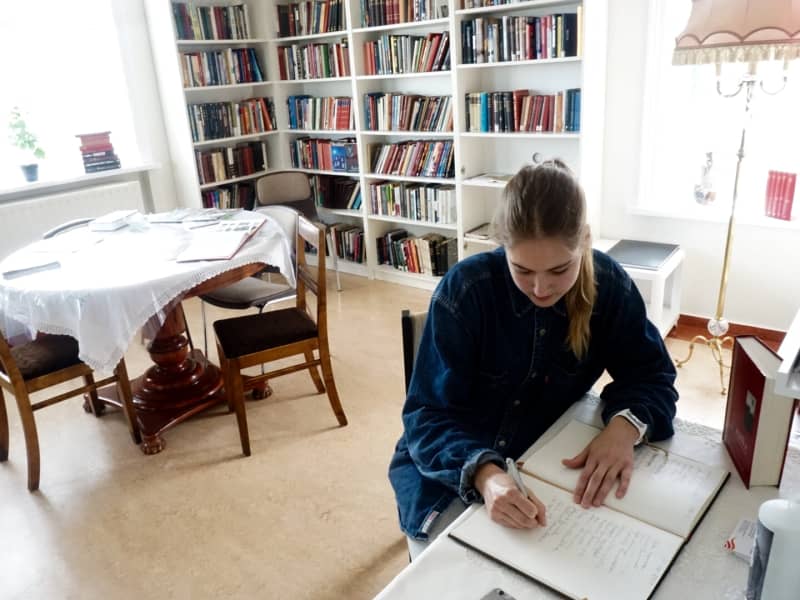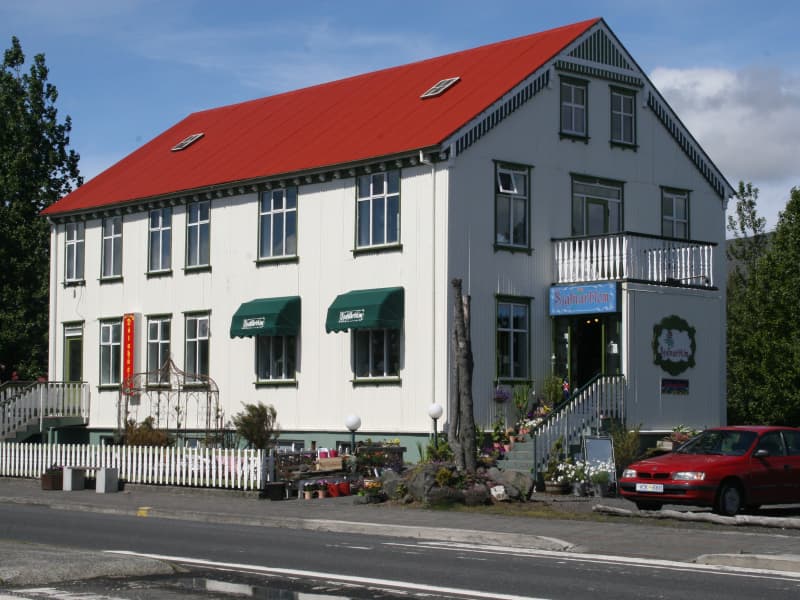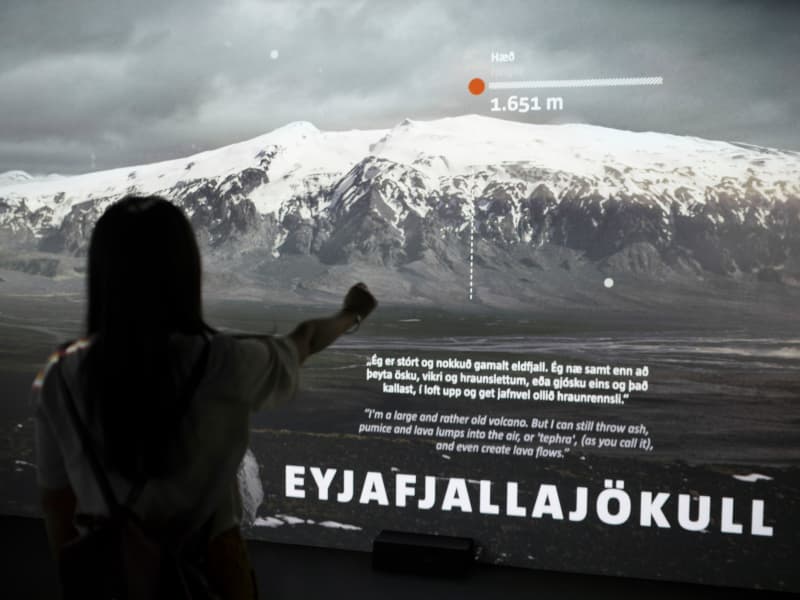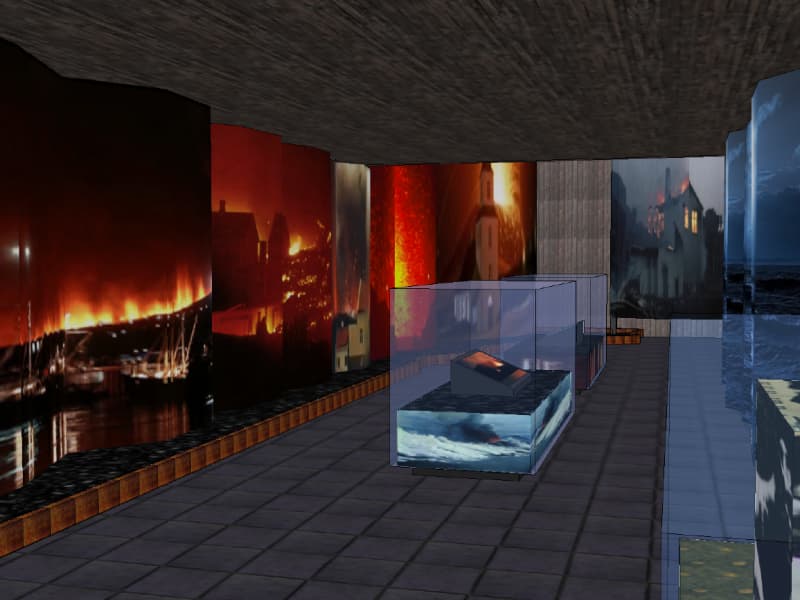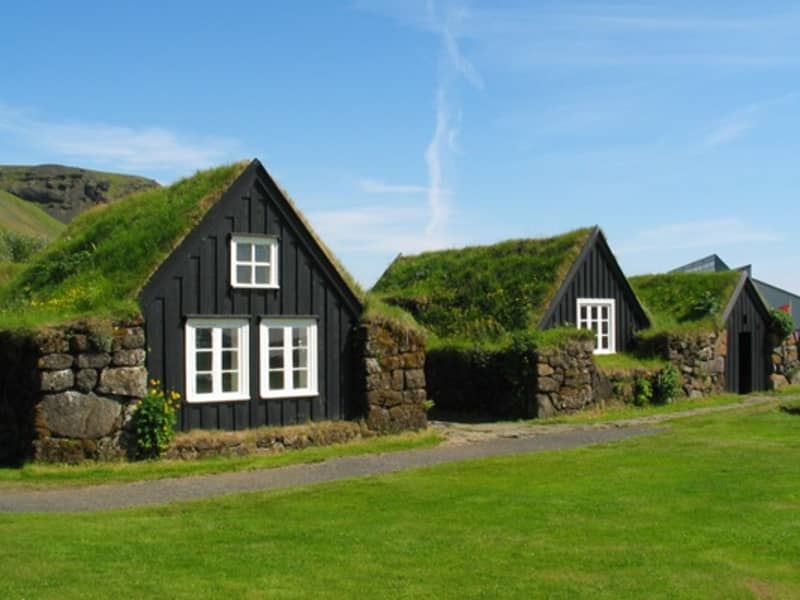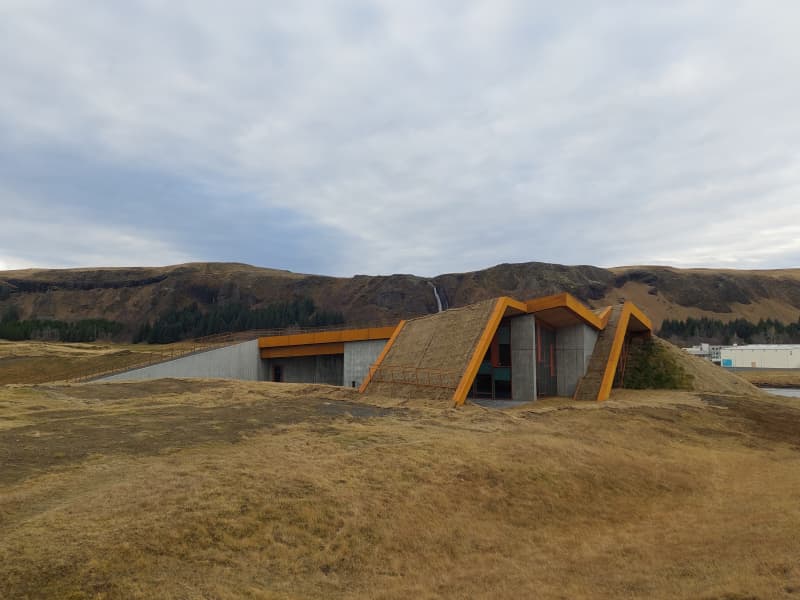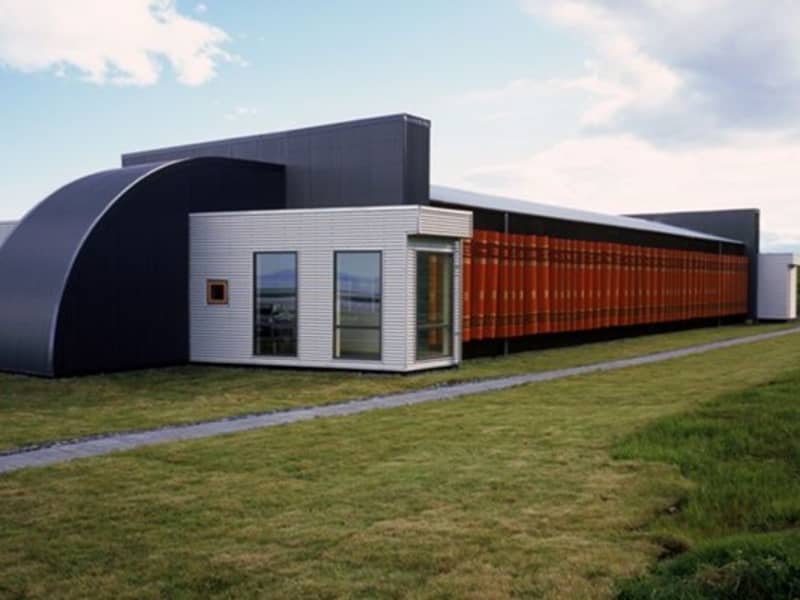Sagnheimar Folk Museum
Sagnheimar tells the unique story of Vestmannaeyjar. For example:
The Turkish RaidOn July 16th, 1627, three ships arrived at the eastern shores of Heimaey, carrying 300 pirates who disembarked. Over the next three days, they rampaged the island with loud shouts and calls, capturing and ruthlessly killing people. Among the approximately 500 islanders, 242 were taken captive and transported to Algeria, where they were sold at slave markets. The story of this fateful day is captured in a large caricature-style mural of sequential panels.
For the younger generationAt the museum there’s a piratecave where the children can dress up as pirates and embark on a treasure hunt. There is also a so-called touch collection where both children and adults can handle selected objects in the museum.
MormonsAt the museum there is an area dedicated to the history of Mormons on the island. The first Icelandic Mormon missionaries, Þórarinn Hafliðason from Sjólyst in Vestmannaeyjar and Guðmundur Guðmundsson from Ártún in Rangárvellir, conducted their missionary work in Vestmannaeyjar from 1854 to 1914, leading to around 200 islanders converting and heading West in pursuit of a brighter future. Among them, three individuals, Samúel Bjarnason and Margrét Gísladóttir from Kirkjubær along with their friend Helga Jónsdóttir from Landeyjar, became the first Westerners to settle in Spanish Fork, Utah, in 1954.
The Westman islands legion / Captain Kohl and the armyThe islanders are the only ones in Iceland to boast of having founded their own battalion. This was initiated by Andreas August von Kohl, also known as Captain Kohl, the commissioner, in 1855.
The most dangerous job in the world?Fishing and fish processing hold significant importance in the lives of the islanders. The text and images depict the growth of fishing, the daily lives of fishermen, risks and adventures, rescue missions, land-based work, and living in fishing dormitories. Additionally, historical objects are showcased. Visitors can listen to tales shared by locals, reminiscing about incidents like sea accidents, on an antique radio station.
Þjóðhátíð - Music festivalÞjóðhátíð is a festival that was first held in 1874 and has been celebrated every year since the early 1900s. It is an important unifying symbol of the islanders with all their rich traditions and customs. Visitors to the museum can experience the authentic Þjóðhátíð tent of the locals.
Opening hours:May 1st - September 30th: Every day from 10:00-17:00October 1st - April 30th: Saturday from 12:00-15:00, other days closed (open upon arrangement)
